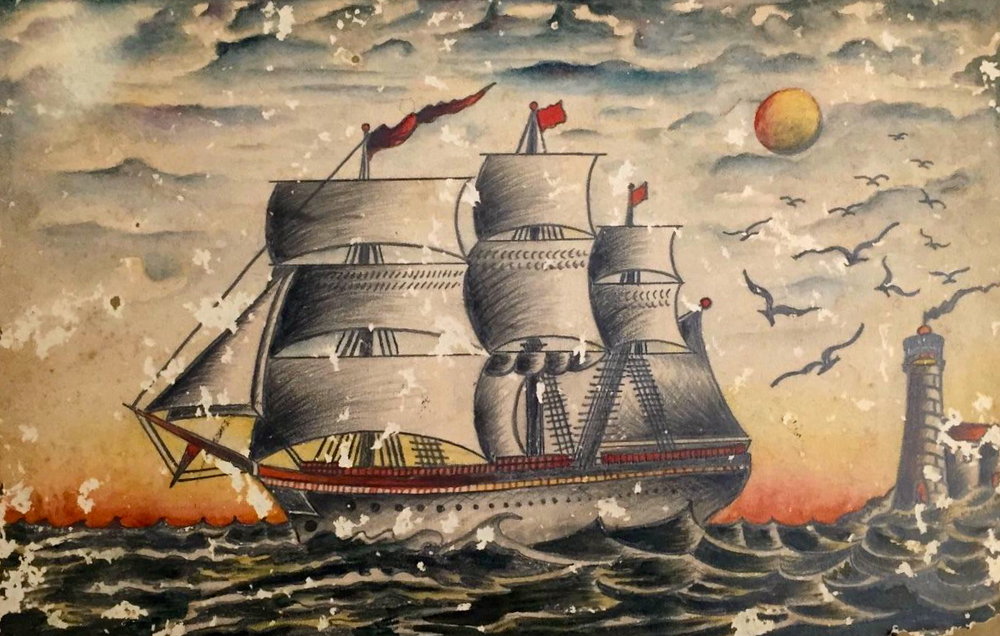We went down to the Bowery or maybe the Lower East Side last week. That's the area near Orchard, Ethridge, and Chrystie streets. Our old memory of that area is dropping an inebriated drummer named Walter off at Ludlow and Stanton, a crime and drug addled corner. All changed now. New galleries, restaurants, and a nice small ad agency with bikes in the window. The rents must be ok. The biggest surprise was meeting some happy people in business. There is one place with cool books in the window like a library. We felt we could ask why and were told why in a nice way. Forgot now, maybe a publisher of some sort.
But it was pleasant to chat with the owners about the spaces. In another gallery space we asked why is this room all white with nothing up? "Not all the time, but it's kind of nice don't you think?" came the answer with a smile. Berlin was like this five years ago. Gallerists would walk out from behind their desks and cheerfully talk with you. So was the East Village of long ago. You could sit and visit with Pat Hearn or Colin de Land in Vox Populi with it's dirt floors, peeling paint, and elegant chandelier. All Tomorrow's Parties played on an endless loop.
This new gallery area seems different. They don't seem to be Bohemians, just young people working and enjoying what they do. All is possible, they say. But avoid the Bowery which not so great. The New Museum is dreadful, the restaurant supply houses lining the street are much more interesting. The Poetry Club is unfortunately gone now. Some commercial galleries scream "over here!" from the windows. And you have to look both ways and run if you want to cross over the street.
Here is Lesley Heller and she's a gallerist, probably well known. She's showing some paintings of squiggly lines drawn over where the head should be in a portrait. Nice pieces. And she talked about art fairs, auctions and artists in the most open and friendly way. Which was a very pleasant surprise. We have all become used to deep-freeze Chelsea. Stop, we say. Enough of art storage vaults, cement floors gleaming in a morgue-like polish. Embalmed gallery assistants, heads down, slowly and mysteriously poking away at keyboards . Never look up! Says the Chelsea Gallery Assistants Training Manual.
Portrait of a happy art dealer. Lesley Heller Workspace, currently showing Deborah Brown "Outer Limits" until March 9th.

 This piece travels through time, bringing us back to era of long gone sailing ships relying on lighthouses to navigate the rocky shoals. Identified as by the hand of Lewis Alberts, Bowery tattoo artist. Resting tightly in the museum at Daredevil Tattoo,Bowery, NYC, where it rightly belongs.
This piece travels through time, bringing us back to era of long gone sailing ships relying on lighthouses to navigate the rocky shoals. Identified as by the hand of Lewis Alberts, Bowery tattoo artist. Resting tightly in the museum at Daredevil Tattoo,Bowery, NYC, where it rightly belongs.


